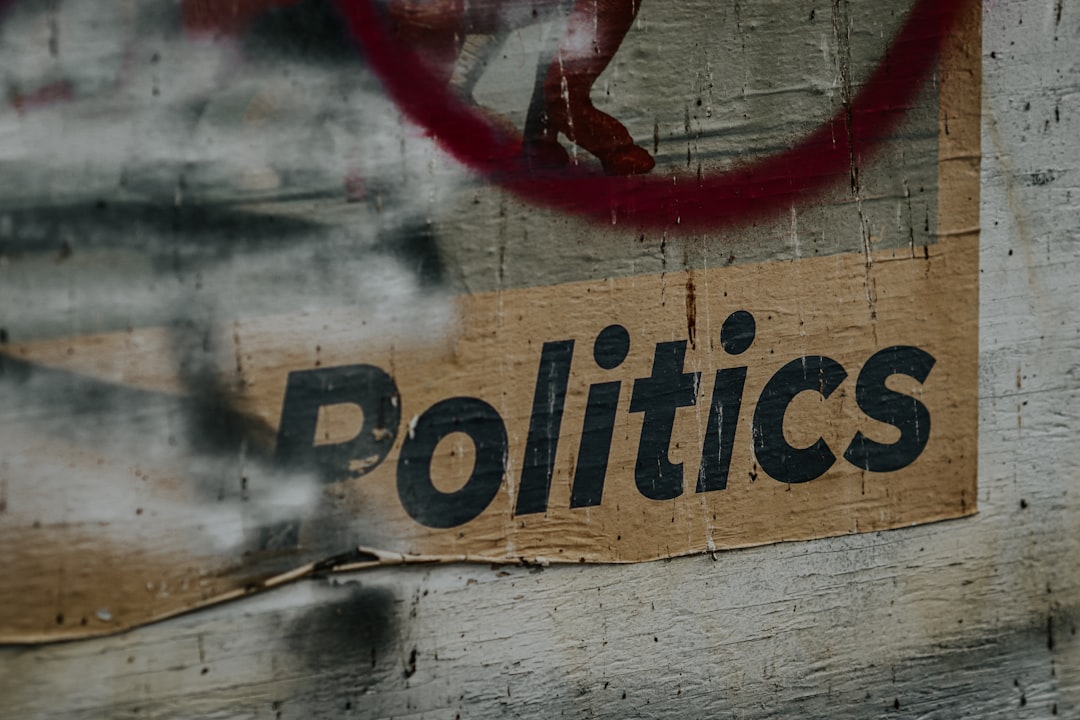US Politics: A Comprehensive Overview
Introduction
United States politics plays a central role not only within its borders but also on the global stage. Rooted in a unique constitutional history, the US political system encompasses diverse institutions, vibrant political parties, complex electoral processes, and evolving policy debates. This article provides an in-depth look at the structure, history, key institutions, current challenges, and future prospects of US politics.
1. Historical Foundations
The modern US political system was shaped by the experience of colonial rule, the struggle for independence, and the subsequent drafting of the US Constitution in 1787. This foundational document established a federal system with a strong emphasis on separation of powers and checks and balances.
Key Milestones
| Year | Event |
|---|---|
| 1776 | Declaration of Independence |
| 1787 | Constitutional Convention |
| 1789 | US Constitution ratified; Washington inaugurated as first president |
| 1861–65 | Civil War |
| 1920 | 19th Amendment grants women the vote |
| 1964–65 | Civil Rights Act, Voting Rights Act |
| 1974 | Nixon resigns after Watergate |
2. Structure of US Government
The US government is composed of three branches: legislative, executive, and judicial.
2.1. Legislative Branch
The legislative branch, known as Congress, consists of two chambers:
- House of Representatives: 435 members, apportioned by state population, serving two-year terms.
- Senate: 100 members (two per state), serving six-year terms.
2.2. Executive Branch
Headed by the President, who also acts as commander-in-chief and chief diplomat. The executive includes the Vice President and the Cabinet.
2.3. Judicial Branch
Comprised of the federal court system, with the US Supreme Court at its apex. Federal judges are appointed for life, ensuring independence from political pressures.
3. The Party System
US politics is dominated by two major parties:
| Party | Founded | Symbol | Ideological Leanings |
|---|---|---|---|
| Democratic Party | 1828 | Donkey | Center-left, liberal |
| Republican Party | 1854 | Elephant | Center-right, conservative |
Minor Parties
Though less influential on the national stage, parties like the Libertarian and Green parties offer alternative platforms.
4. Elections and Electoral System
The US holds regular elections at local, state, and national levels.
Presidential Elections
- Held every four years.
- Indirectly decided by the Electoral College (538 electors; 270 needed to win).
- Primary system allows parties to select their nominees.
Congressional Elections
- House elections every two years.
- Senate elections staggered; one-third up for election every two years.
| Election Type | Frequency | Voters |
|---|---|---|
| Presidential | Every 4 years | US citizens, 18+ |
| Senate | Every 6 years (staggered) | US citizens, 18+ |
| House of Representatives | Every 2 years | US citizens, 18+ |
| State & Local | Varies by state | US citizens, 18+ |
5. Policy Debates
US politics is characterized by debate over key policy areas:
| Policy Issue | Democratic Position | Republican Position |
|---|---|---|
| Healthcare | Expand government role (ACA, Medicare for All) | Private market solutions, repeal ACA |
| Climate Change | Strong regulation, investment in renewables | Deregulation, support for fossil fuels |
| Gun Control | Stricter gun laws, background checks | Protect Second Amendment rights |
| Taxation | Progressive taxes, higher on wealthy | Lower taxes, especially on businesses |
| Immigration | Pathways to citizenship, DACA support | Stricter border control, limit immigration |
6. Current Challenges
US politics currently faces significant challenges:
- Polarization: Partisan divides have deepened, reflected in Congress and among the public.
- Election Security & Misinformation: Concerns over election integrity and the influence of misinformation.
- Campaign Finance: The rising influence of money in politics following Supreme Court decisions such as Citizens United.
- Gerrymandering: Manipulation of legislative boundaries for partisan gain.
7. Recent Trends and The Road Ahead
Increasing Voter Turnout: The 2020 elections saw historic voter participation.
Diversity in Representation: A growing number of women and minorities in Congress.
Technology and Politics: Social media’s impact on campaigns, public opinion, and political mobilization.
Judiciary’s Role: The Supreme Court's decisions continue to have broad social and political implications, touching on healthcare, abortion, voting rights, and more.
Conclusion
US politics remains a constantly evolving landscape, shaped by the forces of history, the structure of its institutions, and the passions of its people. As the country approaches new challenges in the 21st century—ranging from economic inequality to global climate change—its political system continues to adapt. Whether these adaptations will promote unity or further division remains to be seen, but the vitality of American democracy ensures that the debate will continue.
References:
- US Constitution
- Congressional Research Service
- Pew Research Center
- National Archives and Records Administration
